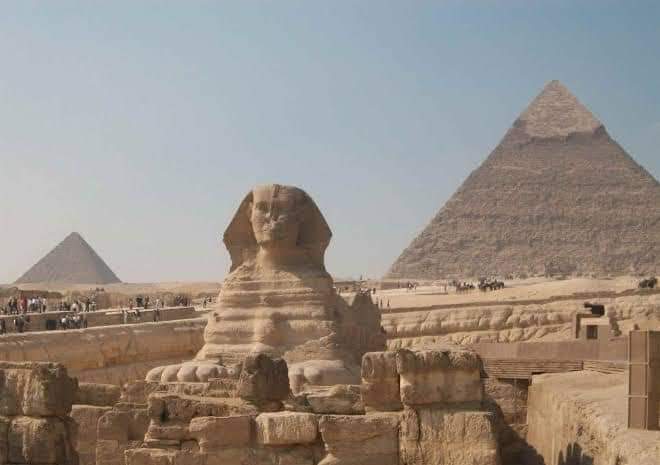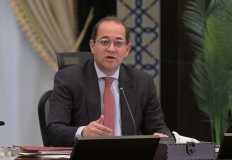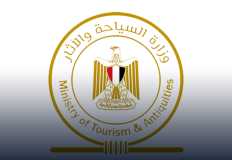
Cairo has been designated as the Tourism Capital for the member states of the Organization of Islamic Cooperation (OIC) in 2026. This announcement was made during preparatory meetings currently underway in Uzbekistan. A delegation from Egypt's Ministry of Tourism and Antiquities, headed by Deputy Minister Ghada Shalaby, is participating in the sessions. The final decision will be ratified at the OIC's ministerial meeting in early June.
Minister of Tourism and
Antiquities Ahmed Issa expressed his delight at Cairo being awarded this title,
particularly given the city's rich tourism potential. He underscored the
ministry's commitment to developing the new Cairo City Break cultural tourism
product, aiming to position Cairo as an independent tourist destination and
boost tourist overnights.
Issa extended his gratitude to
Engineer Adel Al-Jundi and his team at the General Directorate of Strategic
Management for their instrumental role in preparing Cairo's winning nomination.
He also acknowledged the contributions of the General Directorate of
International Relations and Agreements for their effective coordination.
Engineer Adel Al-Jundi noted that the ministry, through its General Directorate of Strategic Management, had prepared a nomination for Cairo to compete for the Organization of Islamic Cooperation's "Tourism City" award for 2025/2026. Cairo's selection was justified by its status as one of Egypt's foremost heritage cities, aligning perfectly with the award's criteria as outlined by the Organization of Islamic Cooperation.
He explained that the nomination
file was crafted in alignment with the ministry's initiative to develop the
Cairo City Break cultural tourism product. This product reflects the ministry's
broader strategy of revitalizing historical, spiritual, and heritage sites. Key components of the file included the
repurposing of rehabilitated heritage areas, the creation of an enhanced urban
environment for visitors, and a comprehensive inventory of tourism services.
This inventory encompassed hotel accommodations, entertainment options, and
visitor demographics. The ultimate goal was to elevate Cairo's status from a
regional (metropolitan) to a global (cosmopolitan) tourist destination.
Cairo's nomination file highlights
several key elements. These include a comprehensive historical and
archaeological itinerary encompassing renowned sites such as Giza, Saqqara, Abu
Sir, Dahshur, and Meidum. The file also details a spiritual path, showcasing
Islamic heritage through landmarks like the Religious Complex, Al-Hakim bi-Amr
Allah, Al-Azhar, and Ahmed ibn Tulun mosques, as well as Mamluk tombs.
Additionally, the route of the Holy Family is traced, featuring significant
locations such as the Virgin Mary's tree in Matariya, the Church of the Virgin
Mary in Maadi, and the Church of Abu Serga in Old Cairo.
The file also presents a cultural
itinerary encompassing the Islamic heritage of Al-Muizz Street, Al-Gamaliya,
Al-Azhar, and Al-Ghuriya, coupled with Cairo's burgeoning creative scene. This
includes prominent museums and palaces such as the National Museum of Egyptian
Civilization in Fustat, the Grand Egyptian Museum, the Coptic Museum, and the
Citadel of Saladin. Lastly, a "human route" is outlined, highlighting
venues for religious and national celebrations.
The nomination also features a
recreational route showcasing attractions like Al-Azhar Park, Fustat Hills
Gardens, Ahl Masr Promenade, and Ain Al-Hayah Lake. Complementing this is a
lifestyle itinerary highlighting daily life, shopping districts, traditional
cuisine, and folk arts. Furthermore, a Nile River route is included,
encompassing the Nile Corniche, its entertainment offerings, floating
restaurants, and traditional dahabiya and felucca cruises.
Engineer Adel Al-Jundi added that
the file also incorporated the modern marvels of the New Administrative
Capital, showcasing its potential as a world-class urban tourism destination.





